If you are into a business, you are indeed doing it for profit because, as Richard Branson says, “Purpose and profit go hand in hand,” you cannot have one without the other. It’s true with a WordPress business as well. Therefore, having clear pricing strategies for WordPress agencies is a must.
The cost for a WordPress website design should be ready before you start the project or even the business. This will save you a lot of troubles later on that might occur due to not having a proper pricing structure.
With a clear pricing, you ensure the scope the project when it comes to dedication, expectations, and the time it would take you to complete a particular project.
Moreover, it also helps you to foster right mindset among the teammates whether you’ve hired them full-time or part-time basis.
So, keeping essential aspect a WordPress business, I have written this post, to help you decide your WordPress pricing whether it’s for website design or WordPress templates.
If you’re ready to establish a smooth interaction and transaction for your customers, then let’s being with the pricing strategies types.
What Are the 3 Most Popular Pricing Strategies?
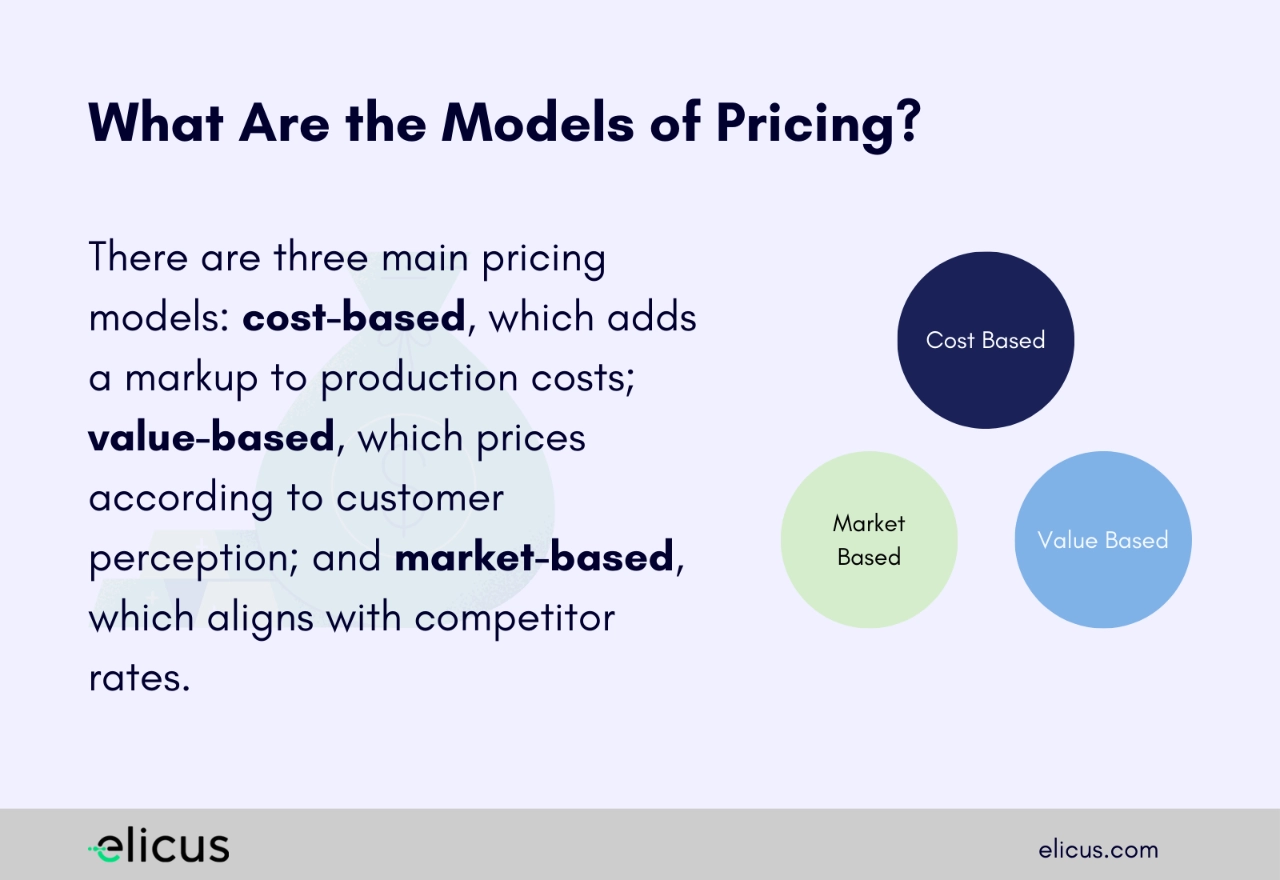
The three most popular pricing strategies are:
- Cost based
- Value based
- Market based
However, in the WordPress domain only the 2nd type is popular along with a different type of pricing, which is, Hourly. You’ll find many WordPress agencies offering their services based on Hourly or Value based pricing structure. And in this post, I am also going to expand on these two.
But why agencies don’t go with the Cost or Market based pricing?
Let’s look at them closely.
Why You Should Avoid Cost and Market Based Pricing
The Cost-based pricing is always determined from the side of the agency. It’s rare that it meets the client expectations. For example, you set $500 for only installing a plugin, or perhaps, you offer two to three basic services. At this cost, the client might different expectations, and when your cost based pricing doesn’t match that, you’ll definitely lose them. With cost based pricing the chances are high that you’ll miss revenue opportunities.
There are also the risk of under pricing. A study by McKinsey shows that setting prices too low or too high could result into loss of 1-4% in the revenue. Hence, going with it doesn’t make any sense.
A market based pricing model is dependent on the competitor’s pricing strategies.
It leads to setting low prices than the competitor. For someone looking for cheaper services might choose you. However, cheap is always the sign of low quality as well as it can limit your ability to differentiate yourself based on UVP.
Therefore, avoid it with cost based pricing is the best decision. Now, let’s move to our appropriate WordPress project pricing strategies.
Hourly Pricing Model
An hourly pricing model allows you to charge clients based on the number of hours you work. You fix your per hour rate and based on the total hours you worked, you’ll bill your client. For example, if your hourly price is $25 and you work 5 hours a day for the client, then it would be $125 for the day.
If you worked 40 hours in the week, then the bill will be $1000.
For a website design agency, hourly pricing can be the go to solution, if you’re starting out. You can set lower and competitive prices to attract clients and earn based on the hours you log.
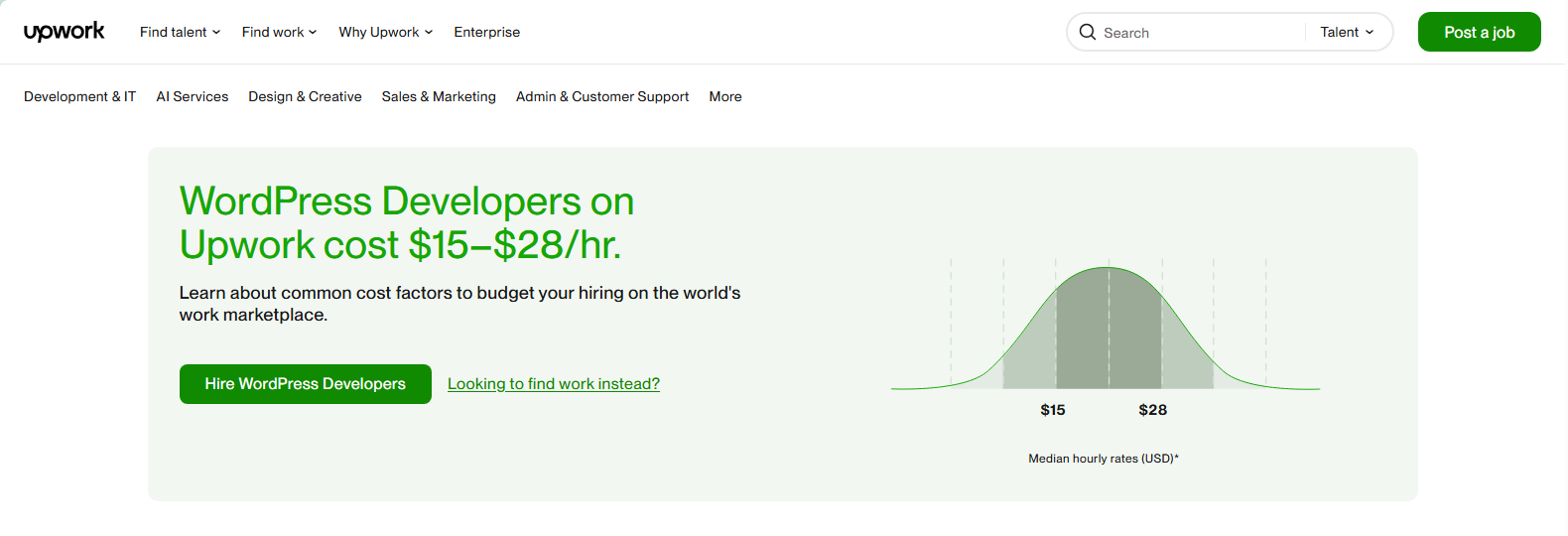
Now, if you want to choose this, then how much you should charge for a WordPress website design or development? On freelance platforms like Upwork, a WordPress developer usually charge between $15 to $28 per hour. So, based on this, and your expertise level you should keep the rates near to this range.
Still feeling confused? Try the following table:
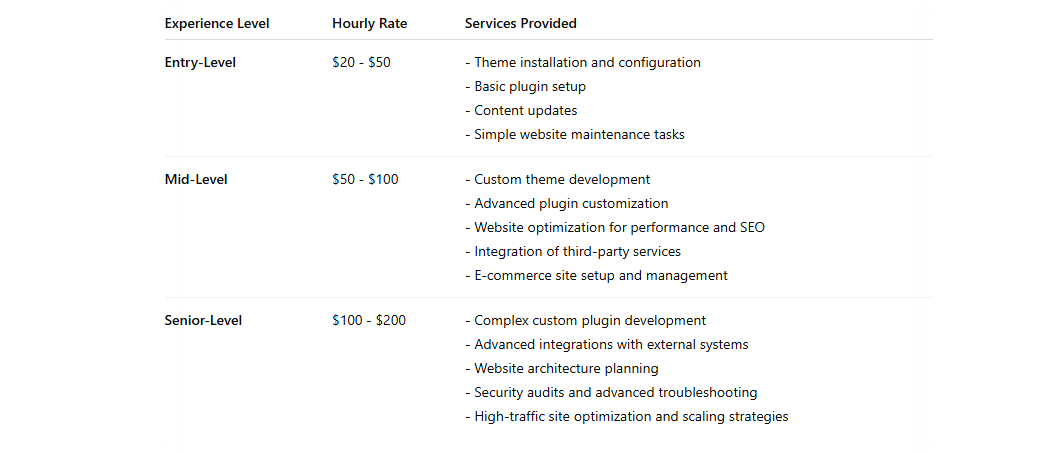
An entry-level developer typically have 0-3 years of experience, a mid-level developer have around more than 4.5 years of experience, and a senior-level developer boasts over 5 years of experience.
What level developer are you and set the hourly rates accordingly.
Pros:
- If you’re working an agency on Upwork, then logging hours and calculating the price will be easy.
- Hourly pricing model is good for ongoing or unpredictable WordPress projects.
- You get paid for the hours, which ensures compensation for all work done.
Cons:
- If the work is demanding and taking time, the client may think you’re over billing them unnecessary leading to trust issues.
- Limited scope for creativity and innovation if working on set deadlines.
- Hourly timers like Upwork may allow the client to micromanage leading to disruption.
Value Based Pricing Model
As the name suggests, this pricing model focuses on the value you can provide to clients in a particular cost. Rather than providing services based on customer budget, here, it is done based on the quality.
For example, for a landing page design, you charge $500 and you competitor does it for $300. However, one can clearly see the difference in both yours work. You focus on quality and the competitor on the meeting the requirements even if it’s compromising the quality. If something’s costing $200, you’ll do it at $200, but won’t compromise the final delivery, yet, the competitor is ready to do it at $150, and offering an average job.
Think value-based pricing like Starbucks that offers coffee at premium prices than its competitors.
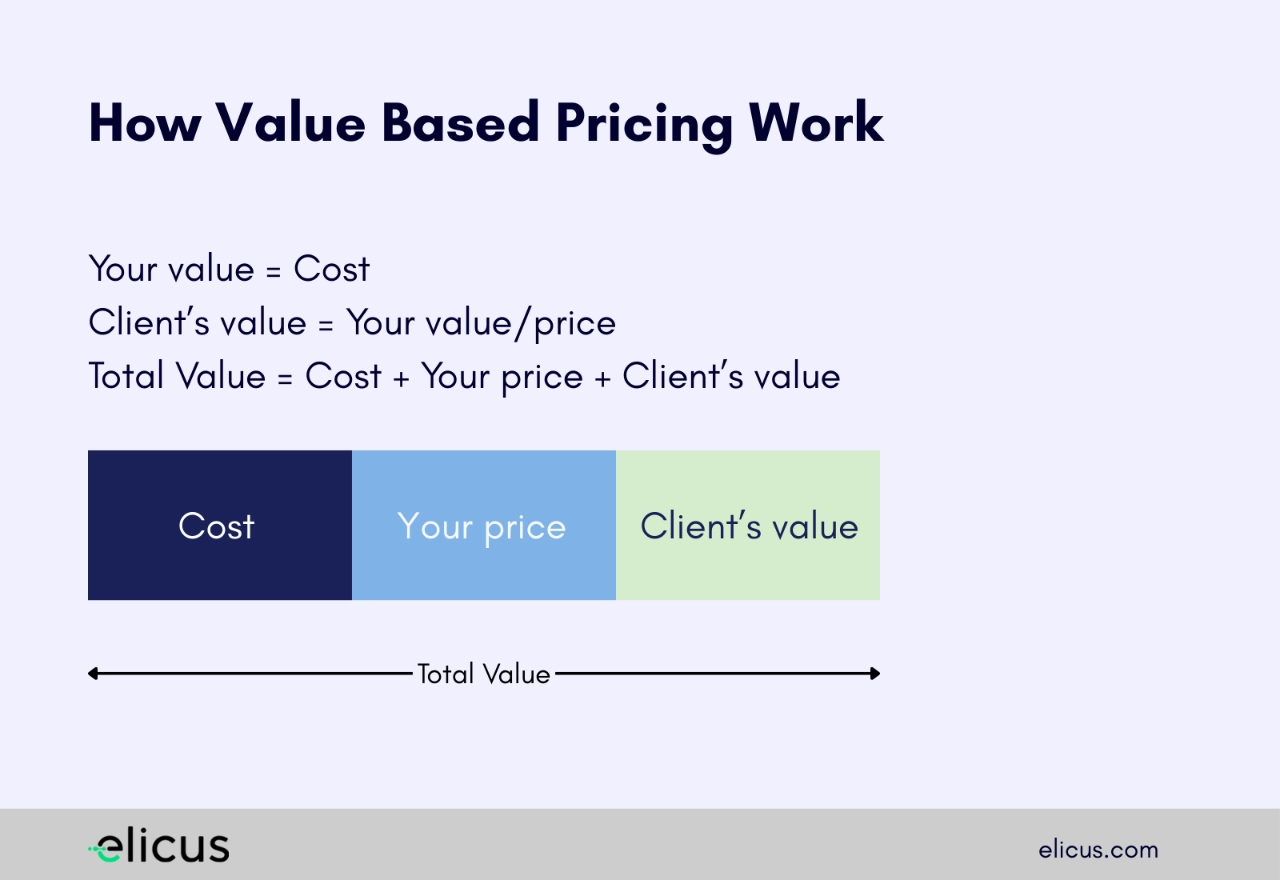
You keep Your value equal to the Cost and Client’s value, making the total value. Your value is decided on the factors of your experience, unique abilities, and niche expertise.
Pros:
- With value-based pricing model you can expect higher earning potential due to expertise and the impact you’ll provide.
- It boosts high quality work and efficiency.
- Your clients will not scrutinize work for time and money, but on quality of it.
Cons:
- For new agencies it’s harder to determine the total due to limited case studies.
- One should have strong knowledge of client’s business and perceived value.
When to Use Each Pricing Model
For a web development agency, the above WordPress project pricing strategies work in different scenarios. If you’re new, you should focus on hourly pricing model as it will help you on projects that have unclear scope or subject to frequent changes.
Furthermore, with a pricing model, it’s easier to work on small, short-term, or maintenance-based projects.
So, if your target is those areas, go with hourly pricing model. However, if you’ve got a significant amount of experience and hold niche expertise, you should charge on value-based pricing model. You should also do it for high impact, results driven projects, for example, extensive plugin integration such as Woo, or redesigning a website.
But what if you offer all these services? Then what should be your pricing model? Let’s tackle that down with a mixed approach.
Hybrid Pricing Approach
Most WordPress agencies offers almost every service related to WordPress. Aligning yourself with a single pricing model might make your business miss the potential revenue. Therefore, to avoid that situation, you can try the Hybrid Pricing model.
Using this model, try to charge your customers hourly for maintenance or support related projects. For high-impact projects, such as website redesign, charge your clients based on value-based pricing model. You can also upscale other tasks as addons to the already value-based base prices.
In this way, you can maximize your revenue potential from clients with different mindset when it comes to paying.
Which Pricing Model You Should Go With
If your question is, “How much should I charge to build a WordPress website?” Then, you should answer two more questions to determine that.
- First: how much experience do you have?
- Second: what kind of project you’ll be working on?
If your answer for the first is, 0-1 years, then you should go with hourly pricing, and keep it between the average. This will help you win projects quickly and allow you to understand the domain effectively—help you have case studies, which will help you offer value-based services later on.
For the second question, if the answer is website redesign or eCommerce optimization, you should charge your client on value based pricing model.
However, in every scenario of the project, you should align pricing with your business goals, expertise, and client expectations. Plus, keep yourself open for the experiment, in order to come up with a more suitable pricing model that meets your purpose as well.
Because profit and purpose go hand in hand, as I mentioned earlier.

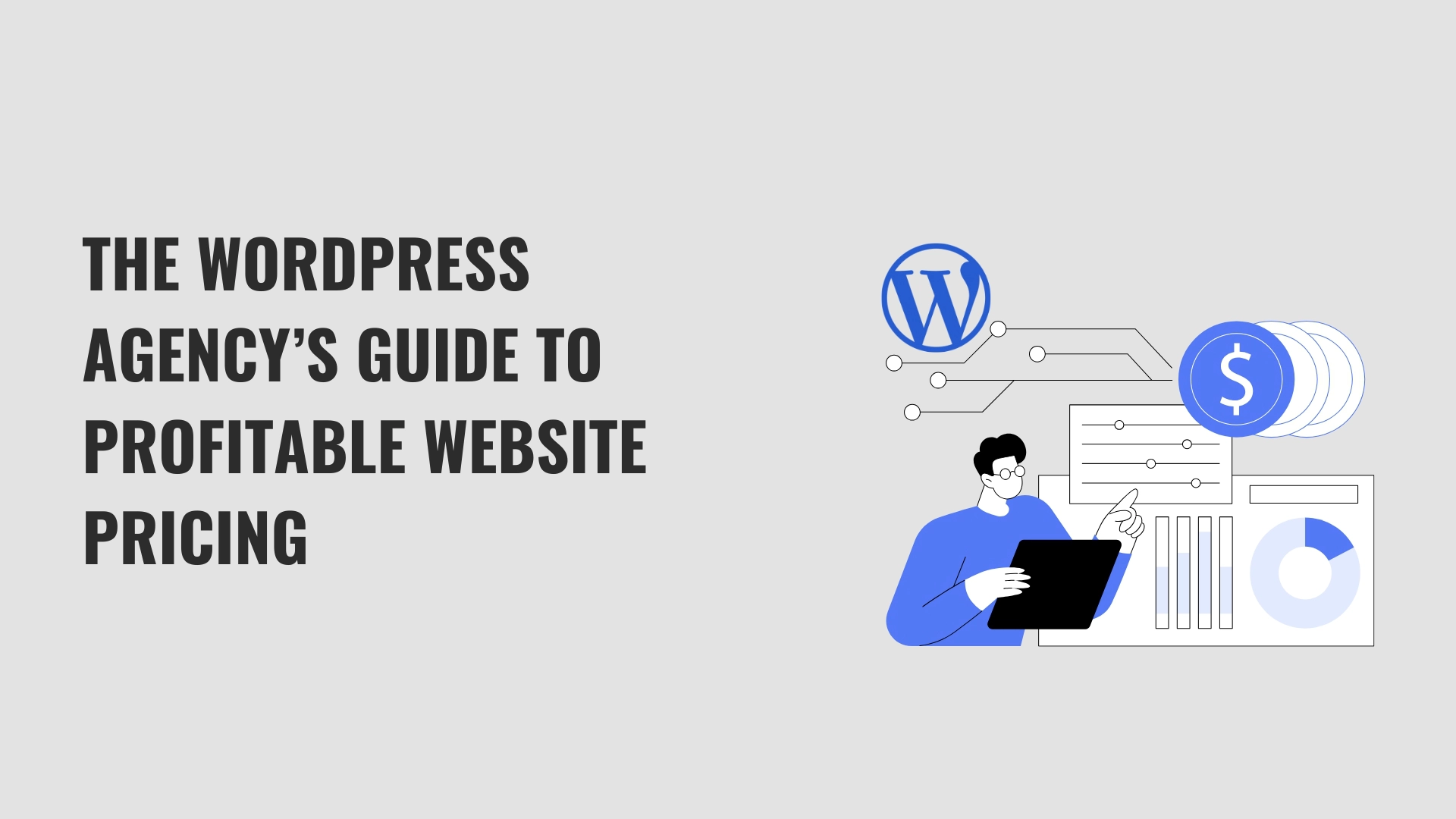

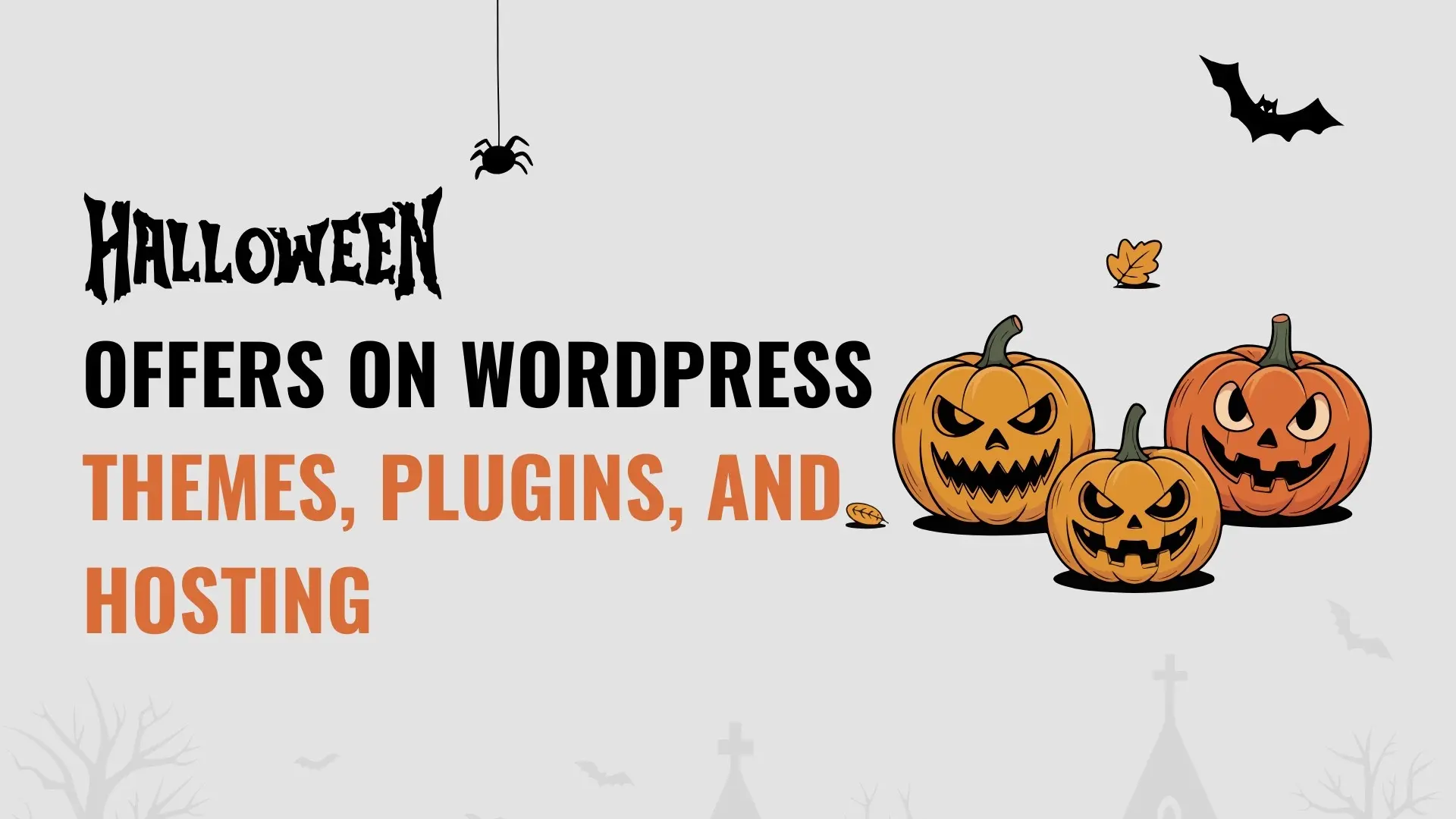

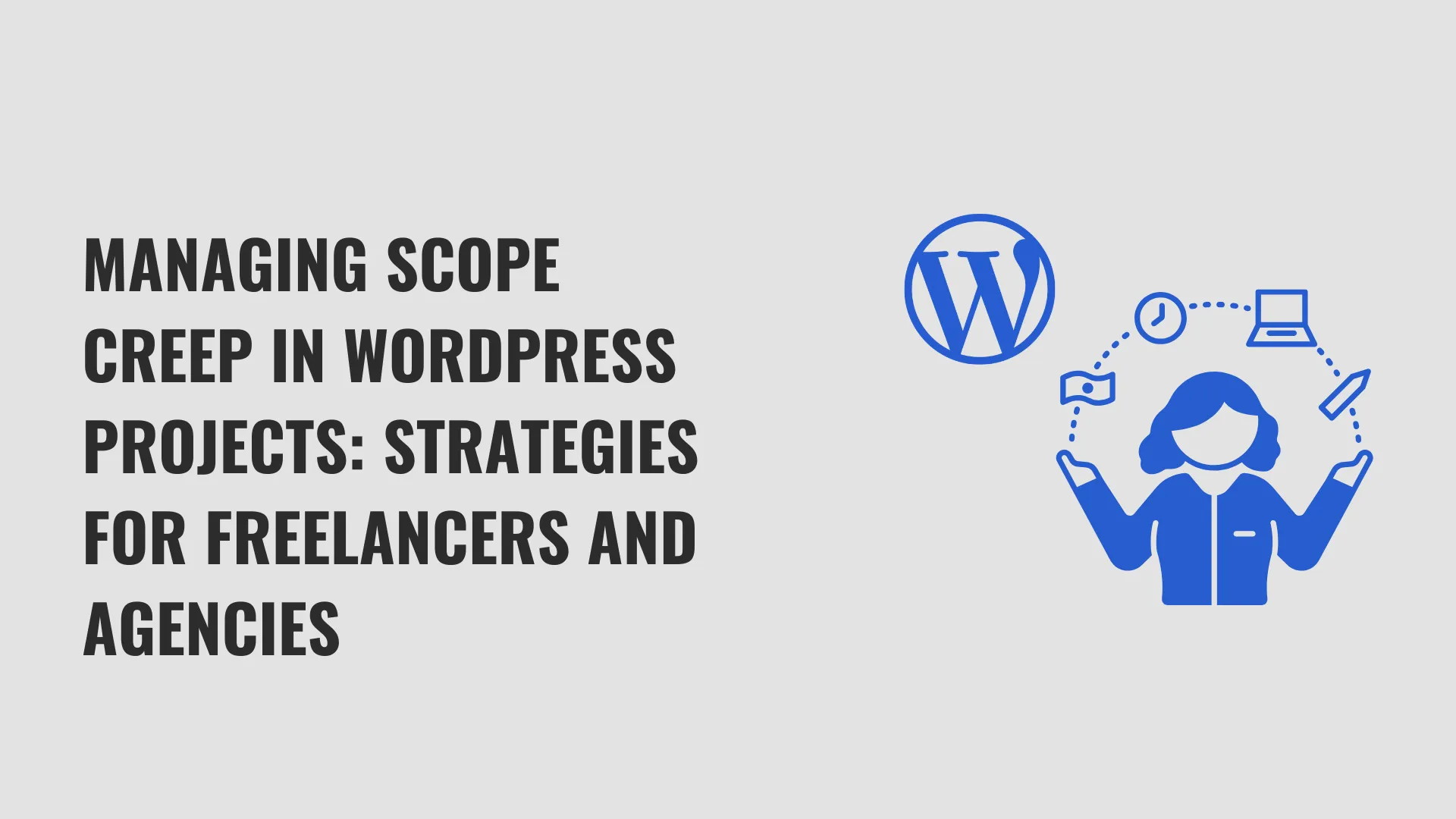
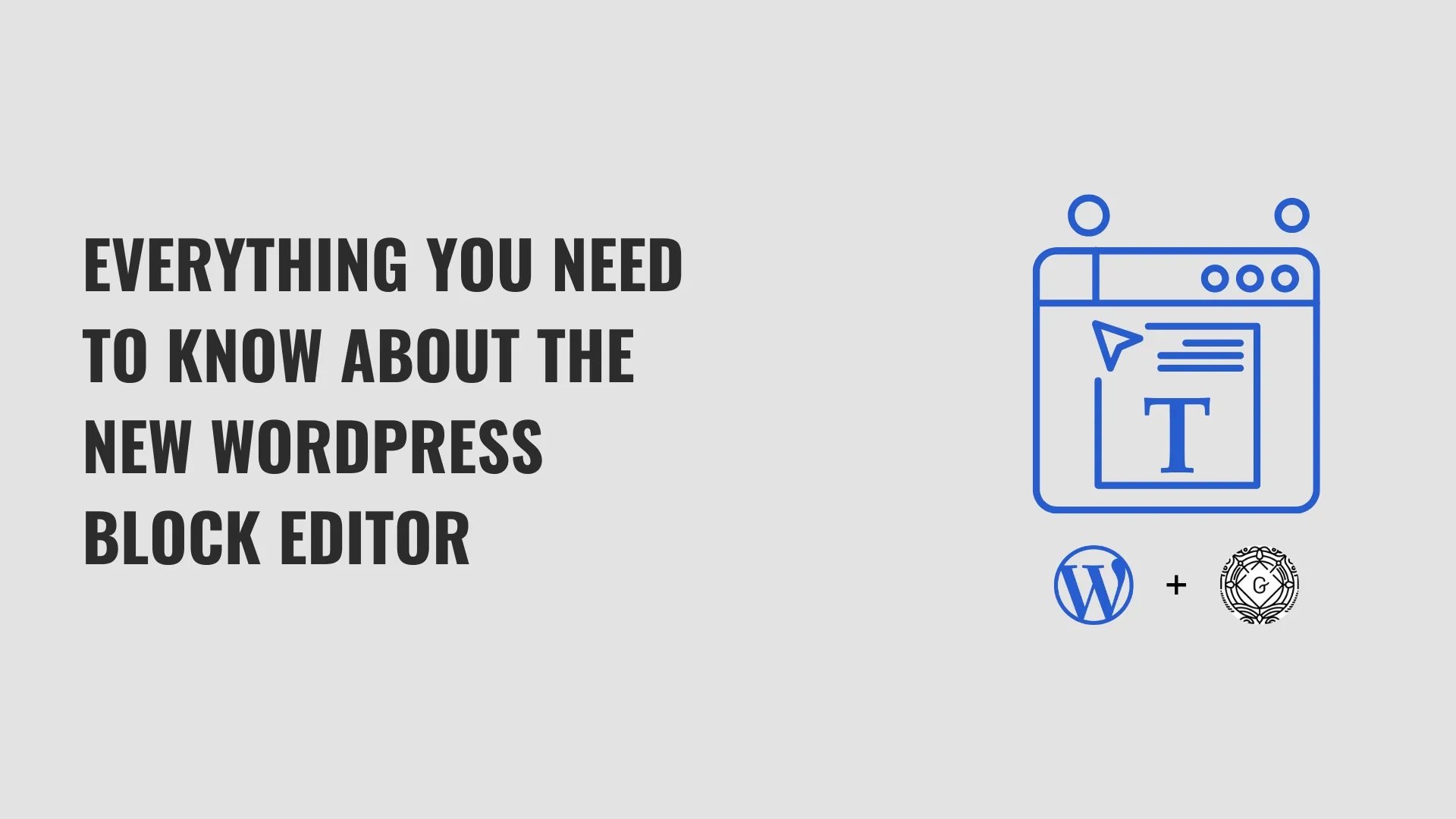
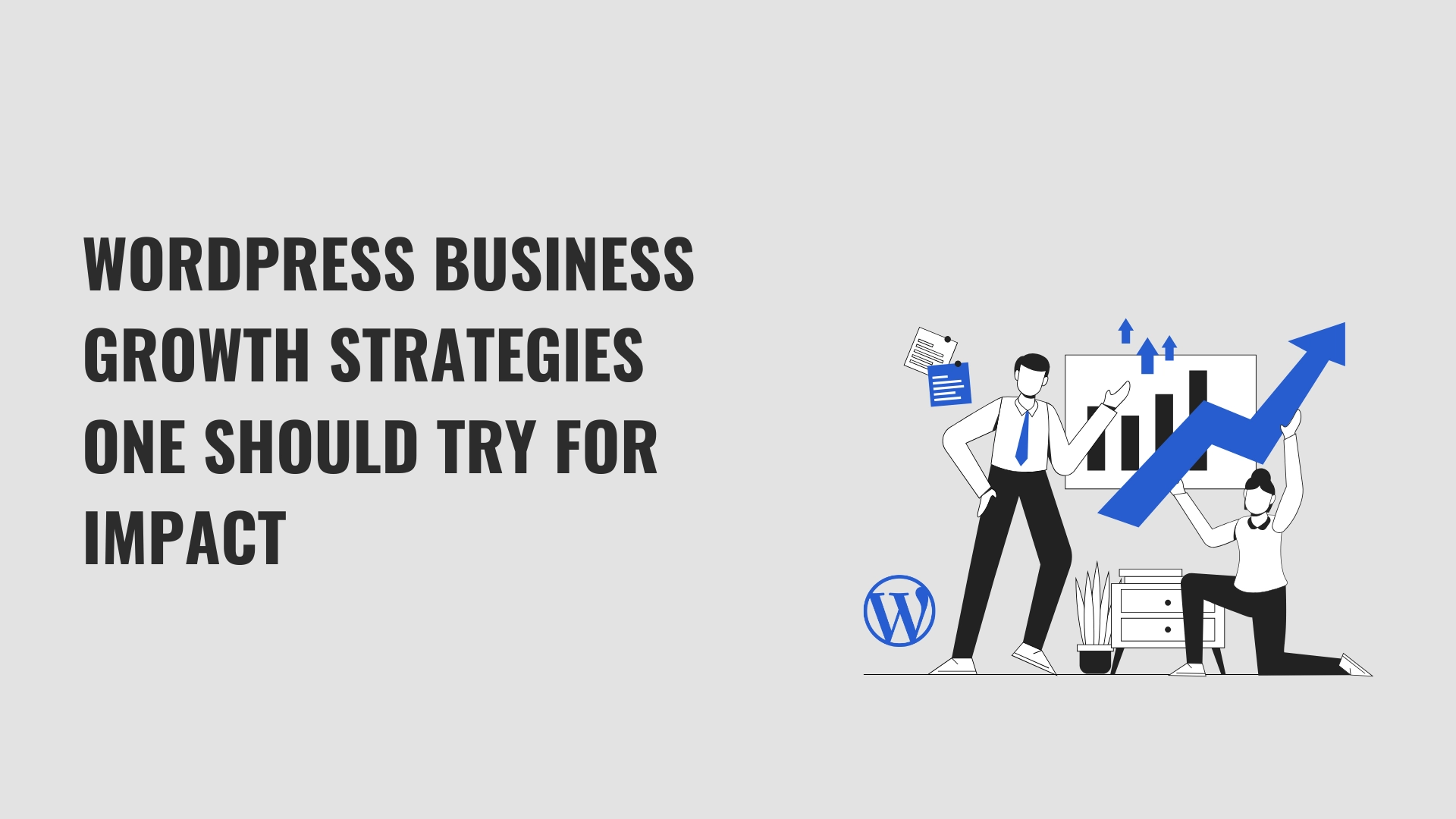
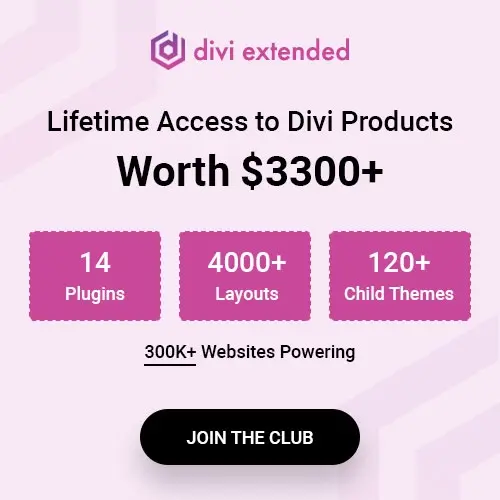
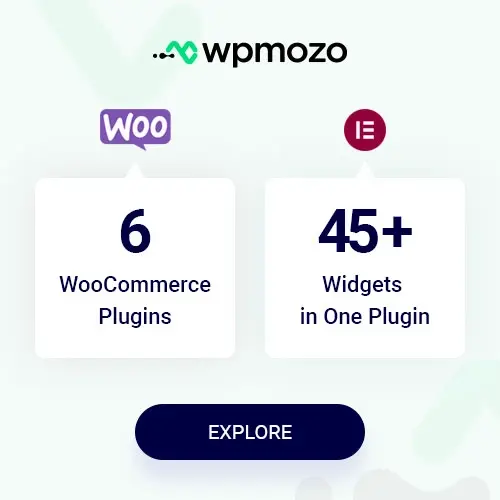

0 Comments